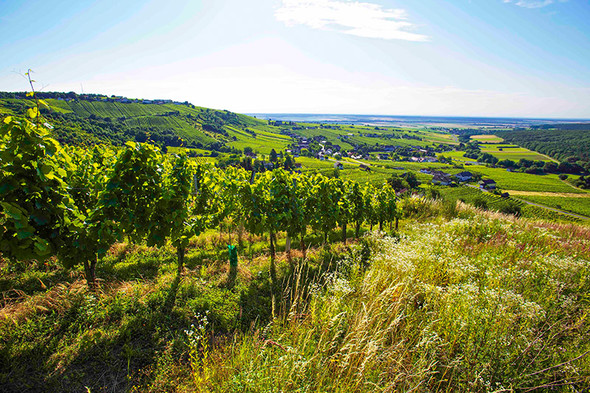Cover pic: Weingut Krutzler
Austrian Blaufränkisch is definitely the best-known red wine in Central Europe. Inspired by this, I’d like to draw our readers’ attention to the other faces of this grape variety: from Hungarian wines through Slovenian and Slovakian ones, right over to those in America.
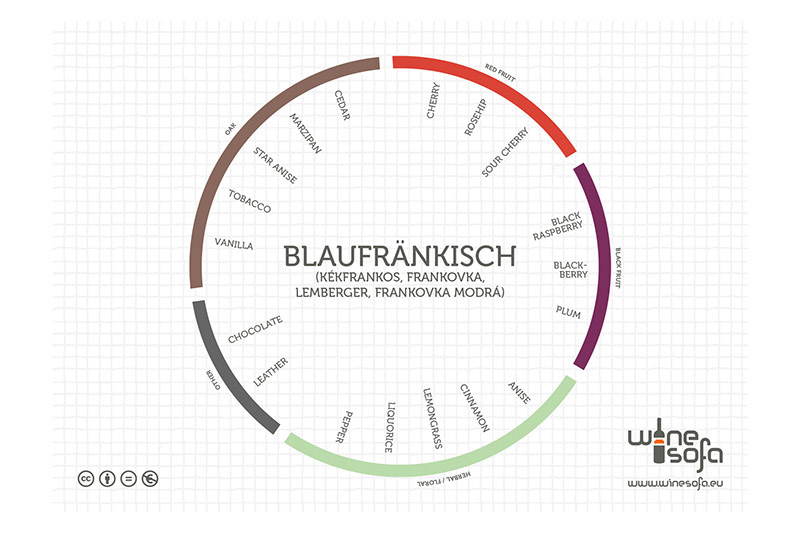
Infoposter: Tamas Doma
Blaufränkisch is a Central European grape variety to its very core. I could narrow its sphere of influence down even further by saying that it’s a Carpathian Basin cultivar or the Austro-Hungarian Monarchy’s variety. The latter statement is a particularly bitter tonic given that last November was the centenary of the disintegration of this purely continental empire. However, something has changed in the last century because nowadays it’s once again chic to refer to the Monarchy as a depository for the effects of happy peacetime, the ‘people’s prison’ all but forgotten. This also favours Blaufränkisch and Graşevina and could even work in the favour of all the region’s wines, wine regions and wineries if they can put aside all the antagonisms which are still smouldering and try to achieve success together based on common communication oriented towards customers in the former “K und K” aka the Dual Monarchy. And Blaufränkisch is just the right black grape variety for this.
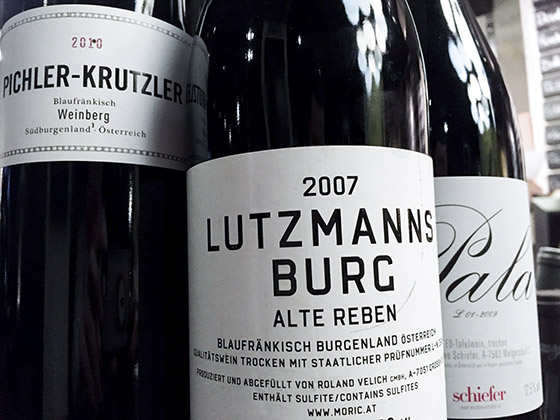
Photo: Drop Shop winebar Budapest (Facebook)
In Hungary, 2018 was the Year of Kékfrankos
The Hungarian Ministry of Agriculture declared 2018 the Year of Kékfrankos (this is the Hungarian name), thus a Kékfrankos volume was added to the Wines of Excellence series of books alongside the 2017 Furmint book and last year’s Transylvania Wine Guide. The 222-page volume includes discussions on the variety by renowned professionals and also introduces the wines of 62 producers from two countries and eleven wine regions. What is interesting is that the eleven wine regions are really ten, because if memory serves me right, the Etyeki Kúria Kékfrankos actually comes from Sopron, but as the grapes are processed in Etyek, the law does not allow Sopron to be mentioned on the label. Moving quickly on from this aside, hand on heart, can we say that Hungarians really like Kékfrankos? Do they really consider the variety their own? Although the Austrians have made the variety successful, and today it’s certainly easier to sell wines under the name Blaufränkisch, in contrast to their 2,500 hectares, in Hungary there are well over 8,000 hectares of Kékfrankos vineyards! Nevertheless, a small impromptu survey of mine gave startling results: my relatives, friends and business partners are not particularly keen on Kékfrankos, which mostly brings Sopron to mind - green notes, grippy tannins and overly high acidity. “It’s a sour wine!”, said my mum, as she happily sipped the Heimann Bikavér I’d taken as a gift. If only she knew its backbone was also Kékfrankos! But the average consumer doesn’t really know this…
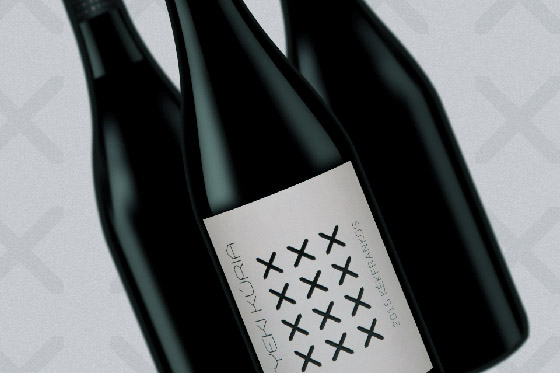
Photo: Daniel Ercsey
Bikavérs and other delights from the south
Let’s start with Eger and Szekszárd, the homes of Bikavér. Kékfrankos is important in both wine regions and is the most important component of both Bikavérs; it gives backbone and Central European character, in a word, its essence. They only differ in their characters. In Eger, the cooler climate and volcanic bedrock give Burgundian-style red wines, while Szekszárd is Kékfrankos’s Mediterranean face, where the red berries turn black, the tannins are smoother, and alcohol can also soar if you don’t watch out.
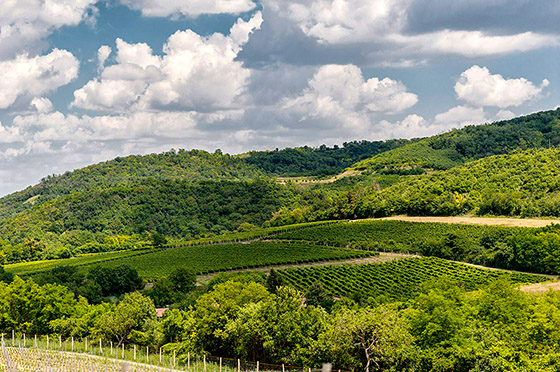
Photo: Vida Winery
Blaufränkisch in Romania, where it’s known as Burgund Mare, also has a similar character. It’s typically grown here up to the borders of the former Monarchy, with Miniş and Banat being the main regions. Géza Balla is the main advocate of the variety in the former, whereas Recas and Domeniile Sera work with it in the Banat. A refreshing exception in Dealu Mare is the Lacerta winery, who have also planted Burgund Mare. In Serbia, they are focusing on Prokupac instead and their local Frankovka mostly stems from the western reaches of Srem, near the Croatian border. If, however, you’d like to do some comparative tasting, you should try the Serbian Trivanovic Frankovka alongside a few Croatian wines; the Feravino, Belje and Kosovec wineries release surprisingly lovely wines every year.
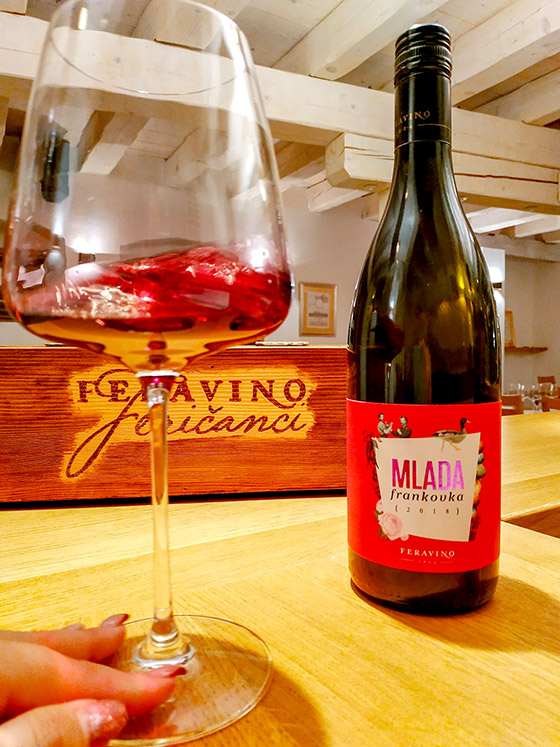
Photo: Feravino Winery (Facebook)
This is just the first part of our article about the Blaufrankisch, so come back next week on Wednesday for the second part.



